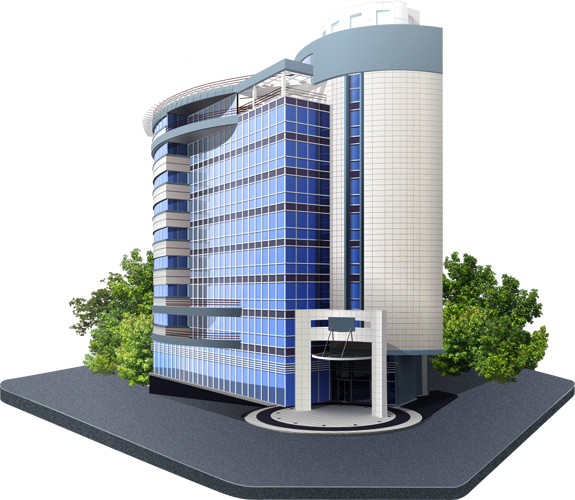Building Design

Introduction to Building Design
Building design is the process of creating structures that meet specific requirements while considering factors such as functionality, aesthetics, safety, and sustainability. Architects and engineers work together to plan and design buildings that can serve various purposes, such as residential, commercial, or industrial use.
Question 1: Who are the professionals involved in building design?
a) Architects
b) Civil Engineers
c) All of the above
Answer: c) All of the above
Key Considerations in Building Design
Building design involves various considerations to ensure the construction of safe and functional structures:
- Structural Integrity: Engineers analyze the structural stability of the building to withstand loads and forces.
- Space Utilization: Architects plan the layout to optimize space usage and create a comfortable environment.
- Aesthetics: The design incorporates elements to enhance the building’s visual appeal and blend with its surroundings.
- Building Codes: Compliance with local building codes and regulations is essential for safety and legal reasons.
- Sustainability: Increasing focus on sustainable design to reduce environmental impact and energy consumption.
Question 2: What is a crucial aspect of building design to reduce environmental impact?
a) Aesthetics
b) Structural Integrity
c) Sustainability
Answer: c) Sustainability
Building Materials and Techniques
Various materials and construction techniques are used in building design to achieve specific goals:
- Concrete and Steel: Common materials for their strength and versatility in construction.
- Wood: Often used for its natural appeal and ease of use in certain building types.
- Green Building: Utilizing eco-friendly materials and practices for sustainable construction.
- High-Rise Construction: Specialized techniques for constructing tall buildings with structural stability.
Question 3: What are some common materials used in building construction?
a) Concrete and Steel
b) Plastic and Glass
c) Brick and Marble
Answer: a) Concrete and Steel
Safety and Building Codes
Safety is a paramount concern in building design, and adherence to building codes is crucial:
- Fire Safety: Incorporating fire-resistant materials and escape routes for occupants.
- Accessibility: Ensuring that buildings are designed to accommodate people with disabilities.
- Structural Stability: Constructing buildings to withstand seismic activity and other hazards.
Question 4: Why is adherence to building codes essential in building design?
a) To increase construction cost
b) To ensure structural stability and safety
c) To speed up the construction process
Answer: b) To ensure structural stability and safety
Sustainable Building Design
As environmental concerns grow, sustainable building design becomes more important:
- Energy Efficiency: Designing buildings to minimize energy consumption and utilize renewable energy sources.
- Green Roofs: Incorporating vegetation on rooftops to improve insulation and reduce urban heat island effect.
- Passive Design: Using natural elements for heating, cooling, and lighting to reduce reliance on mechanical systems.
- Recycling and Waste Reduction: Implementing practices to minimize construction waste and promote recycling.
Question 5: What is one of the strategies for sustainable building design?
a) Maximizing energy consumption
b) Implementing green roofs
c) Increasing construction waste
Answer: b) Implementing green roofs
Conclusion
Building design plays a crucial role in creating functional, safe, and sustainable structures. Architects and engineers collaborate to consider various factors, including materials, techniques, safety, and environmental impact, to develop buildings that meet the needs of individuals and communities while contributing to a greener and more resilient future.
Case Studies
Well Done !